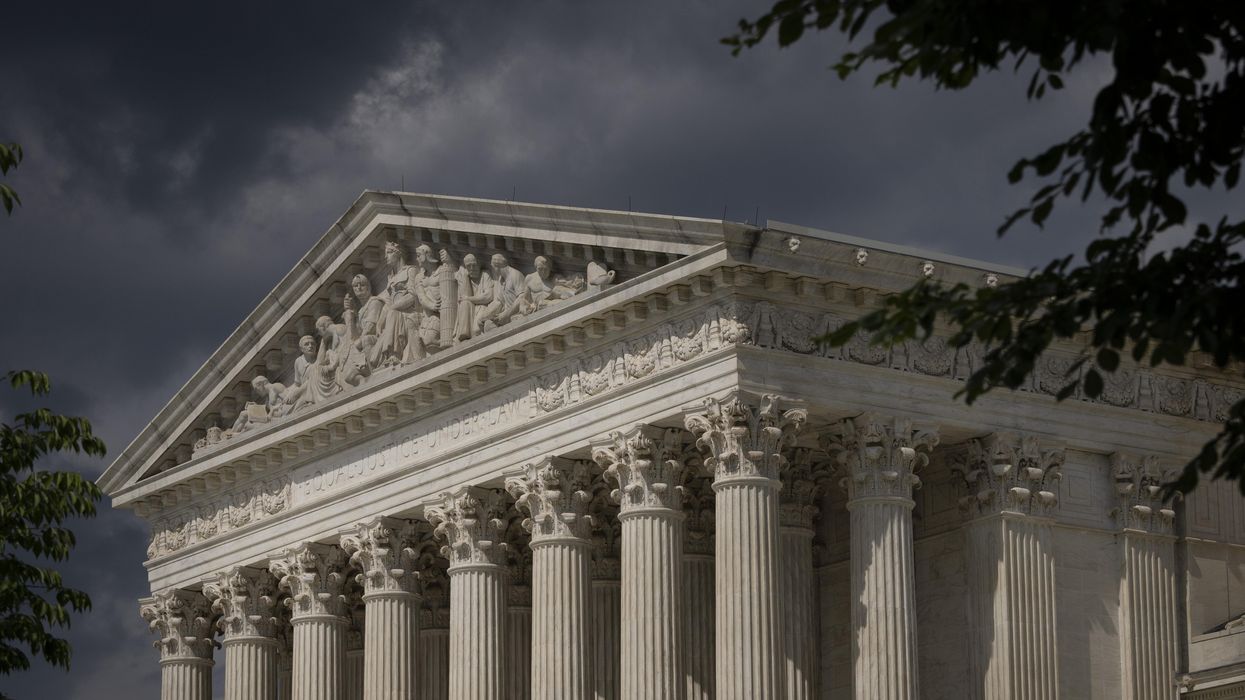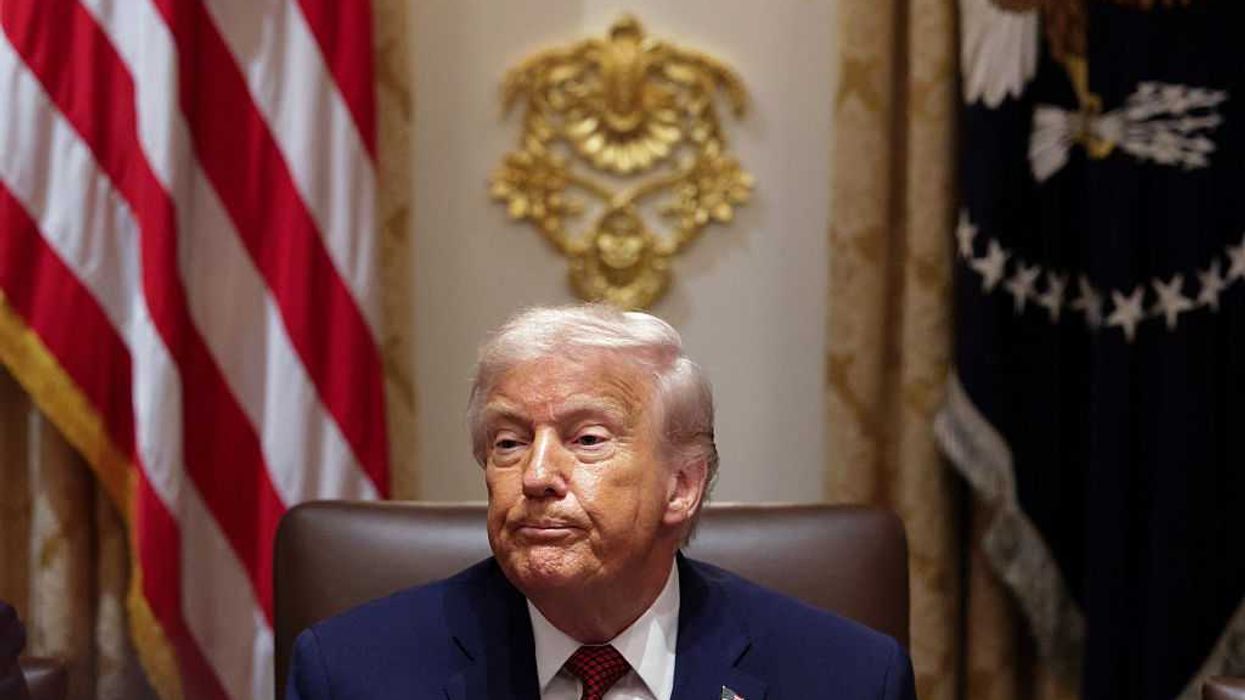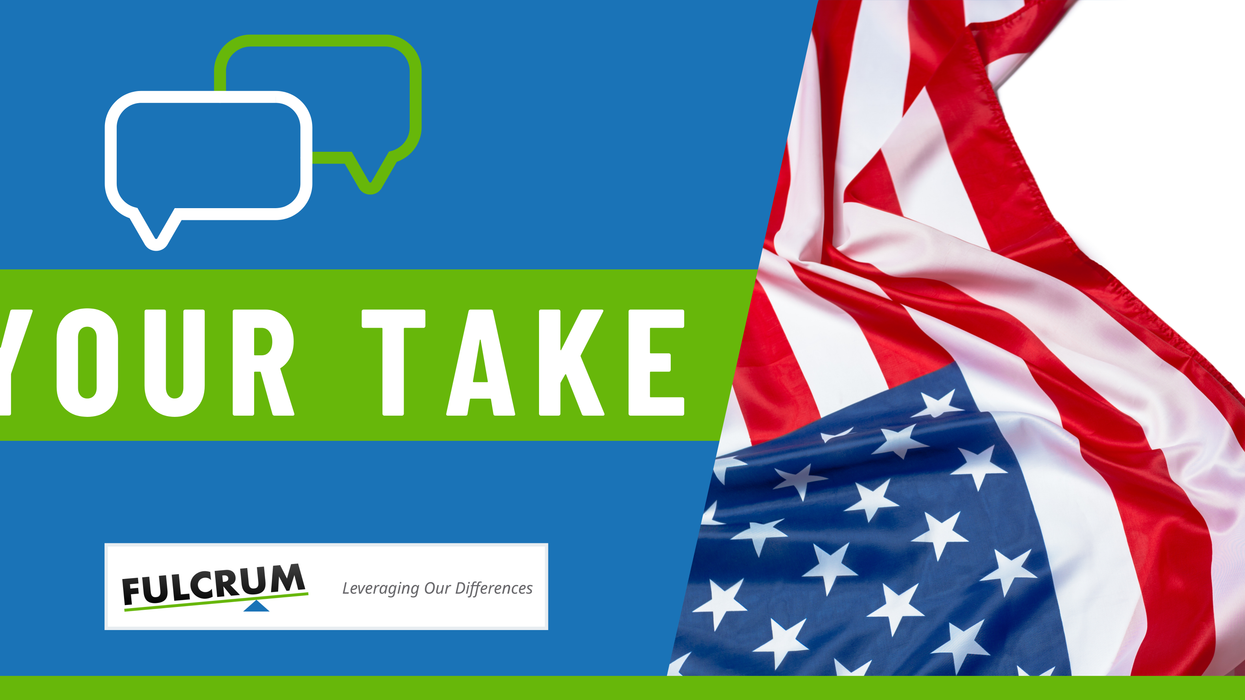Schultz is a professor of law at the University of Minnesota and a professor of political science at Hamline University.
It is a central principle of law: Courts are supposed to follow earlier decisions — precedent — to resolve current disputes. But it's inevitable that sometimes, the precedent has to go, and a court has to overrule another court, or even its own decision from an earlier case.
In its upcoming term, the U.S. Supreme Court faces the question of whether to overrule itself on abortion rights. Recent laws in Texas and Mississippi restrict the right of women to terminate pregnancies in ways that appear to challenge the long-standing precedent of the Supreme Court's 1973 decision in Roe v. Wade, which allowed women to have abortions in most circumstances.
Over the centuries, courts have stated many reasons they should adhere to precedent. First is the idea of equity or justice, under which "like cases should be decided alike," as one senior federal judge put it. If a court in the past reviewed a particular set of facts and decided a case in a specific way, fairness dictates it should decide another similar case the same way. Precedent promotes uniformity and consistency in the law.
In addition, precedent promotes judicial efficiency: Courts do not have to decide from scratch every time. Finally, following precedent promotes predictability in the law and protects people who have come to rely on past decisions as a guide for their behavior.
But not all precedents are equal, and several current Supreme Court justices have signaled that they might be open to overturning even long-standing rulings that interpret the Constitution.
Reversing precedent is unusual
The Supreme Court rarely overturns its past decisions or precedents.
In my forthcoming book, "Constitutional Precedent in Supreme Court Reasoning," I point out that from 1789 to 2020 there were 25,544 Supreme Court opinions and judgments after oral arguments. The court has reversed its own constitutional precedents only 145 times – barely one-half of one percent.
The court's historic periods are often characterized by who led it as chief justice. It was not until the 1930s under Chief Justice Charles Evans Hughes that it started to overturn precedents with any frequency. These were cases such as United States v. Darby, in which the court began to affirm President Franklin Roosevelt's New Deal economic policies after previously rejecting them as unconstitutional.
Before then, of course, many cases asked the court to interpret clauses of the Constitution for the first time, so there were often no precedents to confront or overturn.
Under Chief Justices Earl Warren, Warren Burger, William Rehnquist and now John Roberts, the court overturned constitutional precedent 32, 32, 30 and 15 times, respectively. That is well under 1% of decisions handled during each period in the court's history.
When is precedent overturned?
For most of its history the court changed its mind only when it thought past precedent was unworkable or no longer viable, perhaps eroded by its subsequent opinions or by changing social conditions.
This happened in Erie Railroad v. Tompkins, a 1938 Supreme Court case overturning a 96-year-old precedent in which the court had constructed rules about how federal courts should handle cases involving parties from different states. The court in Erie said that the original decision proved to be unworkable and had been undermined by the court's own later decisions.
The court has also said that its precedents based on constitutional grounds deserve less respect than those in which the court interprets statutes or laws. The reason is that if Congress thinks the court has erred in a matter of interpreting a statute or law, it is relatively easy for them to overturn it by passing a new law. But it's quite hard to pass a constitutional amendment, so the only real way to update the judicial understanding of the Constitution is to overrule a precedent.
Of course the most famous reversal of precedent is the 1954 Brown v. Board of Education under the Warren Court, in which it reversed Plessy v. Ferguson and struck down segregation under the "separate but equal" doctrine.
Roe v. Wade is an important precedent. In 1973 the Supreme Court ruled that women have a right to terminate their pregnancies. That right was reaffirmed in 1991 in Planned Parenthood v. Casey, with Justices Sandra Day O'Connor, Anthony Kennedy and David Souter noting that an entire generation of women came of age relying upon their right to control their bodies and terminate pregnancies in most circumstances. The justices said it would be wrong to upset that expectation.
Roe has also spurred opposition, with many wanting to overturn it. For years, presidents including Ronald Reagan, George H.W. Bush, George W. Bush and Donald Trump sought to appoint justices to the Supreme Court with the goal of overturning Roe and, with it, abortion rights. Now with a 6-3 conservative majority, the court may be poised to do that.
Justices get more comfortable reversing precedent
Beginning with the Rehnquist court, justices have become more willing to reject precedents they think were badly reasoned, simply wrong, or inconsistent with their own senses of the constitutional framers' intentions. Justice Clarence Thomas has taken this position on abortion. Justice Amy Coney Barrett during her Senate confirmation hearing argued that Roe is not a so-called superprecedent, a decision so important or foundational that it cannot be overturned.
Chief Justice Roberts has been willing to overturn settled law when he thinks the original opinion was not well argued. He did so in Citizens United, a 2010 decision overturning two major campaign finance decisions, Austin v. Michigan Chamber of Commerce and part of McConnell v. FEC.
In 2020, Justices Neil Gorsuch and Brett Kavanaugh in Ramos v. Louisiana went out of their way to explain and justify their views on when constitutional precedent may be overturned. They echoed Justice Samuel Alito's discussion in 2018 in Janus v. American Federation of State, County, and Municipal Employees Council Number 31. All three justices said constitutional precedent is merely a matter of court policy or discretion, more easily overturned than a precedent about a law. Sometimes, they said, constitutional precedents can be overruled if later judges view them as wrongly decided or reasoned.
Abortion foes have been preparing practically since Roe was decided to overturn it. They have set both the political conditions and legal justification to overturn Roe, and perhaps this year it will be the time when it finally happens.
This article is republished from The Conversation under a Creative Commons license. Click here to read the original article.
![]()


















